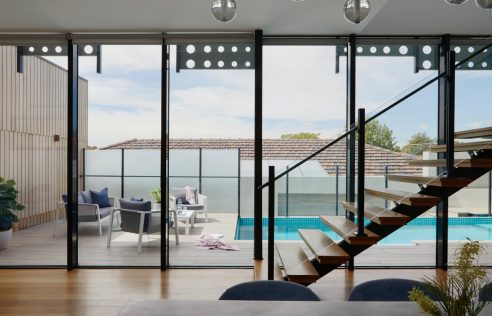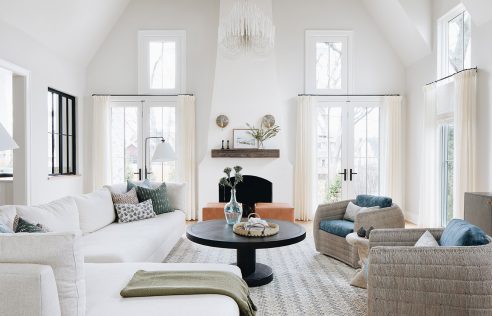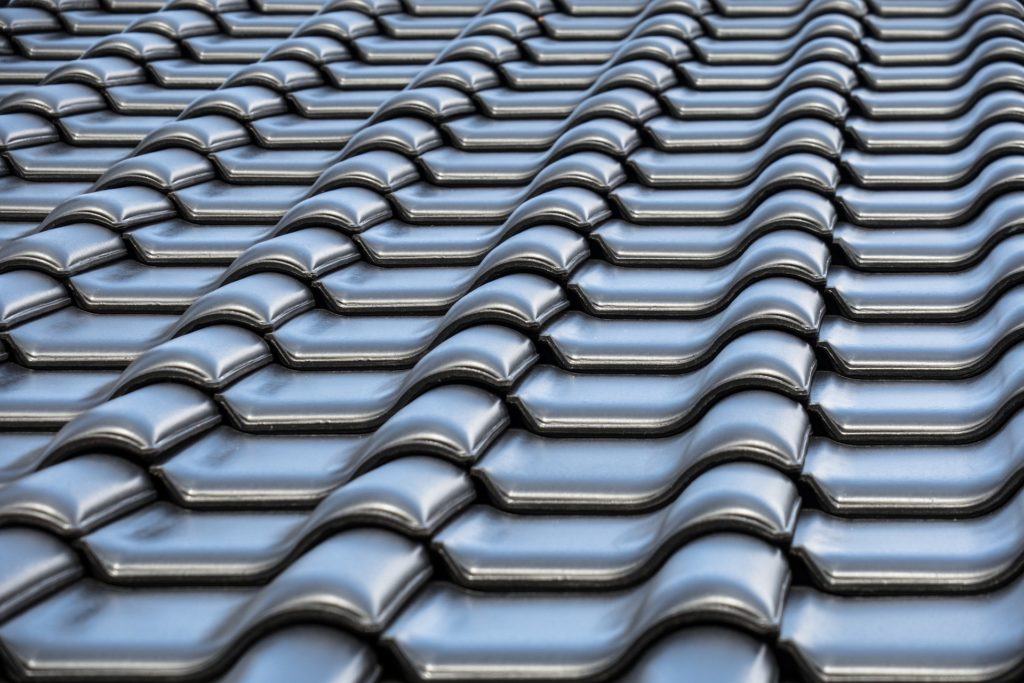
What is corrugated roofing?
A type of roofing, corrugated roofing is made of corrugated roof sheets that come in plastic or metal. These types are sheets differ from other sheets in the way their surface is designed. Instead of being flat, the sheet has an undulating and ridged surface. Additionally, the sheets are not haphazardly placed over one another. In fact, each sheet has a slim lap that overlaps with a flat lap and is overlapped while taking the wind direction into account.
Traditionally made of iron, copper, aluminum, and steel, corrugated roofing is mostly used in commercial, industrial, and farming settings. However, in recent years a trend has emerged to install this type of roofing for homes as well. More and more residential homeowners wanting metal corrugated roofing has increased the demand for the product. And it comes as no surprise, considering all the benefits it confers on homeowners.
1. Corrugated aluminum roofing
Corrugated aluminum roofing offers both value and quality, is durable and rust resistant. It doesn’t require additional coating and can be painted a wide range of colors.
2. Corrugated steel roofing
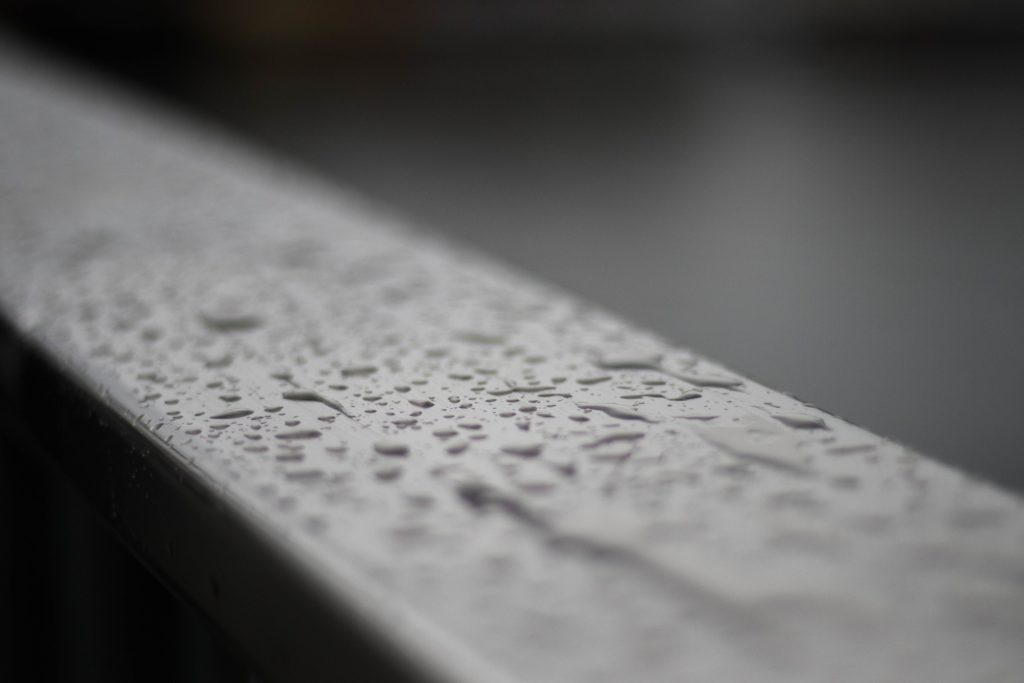
Corrugated steel roofing has a natural gray finish to it that may look drab on a residential home. While it may work on certain designs, it is an expensive alternative that won’t necessarily blend well with others. Additionally, it is harder to change the initial color of the material.
3. Corrugated copper roofing
Corrugated copper roofing is most of the time avoided by residential homeowners because of the hefty price tag that accompanies it. While it is easy to install and is naturally resistant to rust, other options come with the same benefits but at a cheaper cost.
Why install corrugated roofing for your house?
The properties and signature shape of a corrugated metal roof can give your home added protection. Durable, resistant to extreme weather, yet lightweight, corrugated metal roofs are the perfect choice for many construction projects.
1. Corrugated roofing has a long lifespan.
Metal characteristics allow for metal roofs to last for a long time. While average quality, flat metal roofs usually last for about 30 years, corrugated metal sheets can last for over 50 years on average. This is thanks to its shape, which makes it less prone to corrosion.
Recent advances in technology, such as galvanizing, has upgraded this metal roofing from simple sheets to a corrosion-resistant and rust-resistant material that is highly sought-after.
2. Corrugated roofing is durable.
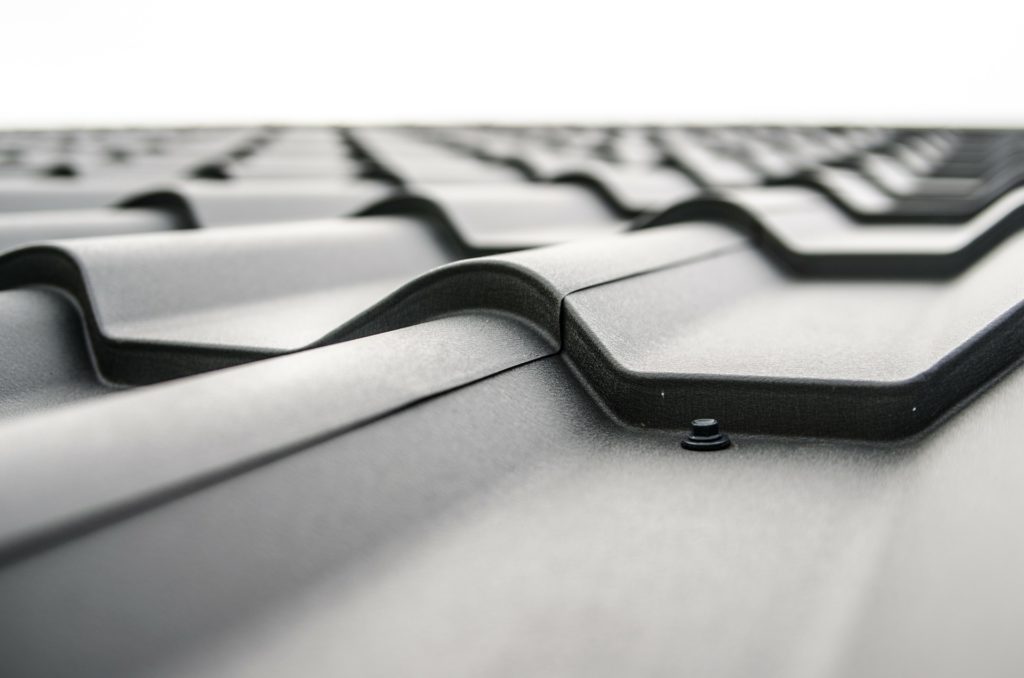
The rippled surface of corrugated sheets creates a larger surface that has increased durability. This type of roofing can, hence, withstand impacts from large objects that fall may fall on it. These include impacts from pebbles and branches.
It may be hard to believe, but even lightweight materials that are usually considered to be flimsy, such as aluminum, can become sturdy. All thanks to the shape and positioning of the sheets!
3. Corrugated roofing offers excellent weather protection.
Corrugated metal panels are able to withstand extreme weather conditions. Whether it is hail and snow, heat waves, hurricanes, this type of metal roof is highly resistant to harsh weather.
Metal rooftops also now have fire-resistant properties that make them non-combustible.
Installing a corrugated rooftop
Installing this type of roof can be a fun Do-It-Yourself project that you can complete with a friend or family member. Below is a list of tools you will need for the installation:
- Gloves
- Safety goggles
- Measuring tape
- Hammer
- Cement (especially for meant for the roof)
- Nails
- Screwdriver
- Washers and wood screws
- Roofing felt
- Staples
- Staple gun
- Metal panels
- Polyurethane sealant
- Ridge peak
You are now ready to start installing the corrugated sheets.
1. Get all measurements right
Start by measuring the width, length, peak, and slope of the roof.
2. Install the purlins
Install the purlins on the roof and ensure that they are equally spaced.
3. Purchase and cut the panels
You will need more panels than the dimensions you got when measuring the roof. This is simply because the sheets will overlap. Buy the corrugated roof panels and cut them to the length of the roof by using circular saws, tin snips, and angle grinders.
4. Drill holes in the sheets
Before even placing the sheets over the roof, drill holes in them vertically and have the hole be around 6 to 8 inches apart.
5. Installation of the sheets
Place the panels on the purlins in an up and down pattern.
6. Seal the panels
Seal the panels with water-resistant sealant.
7. Screw the corrugated sheets in place
Fasten the panels to the purlins using a polycarbonate washer for the screw. Repeat until you’ve affixed all the screws. You can now add the side ridge flashing, headwall connector flashing, and ridge cap if necessary.
